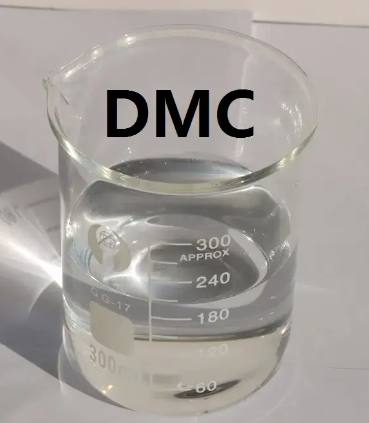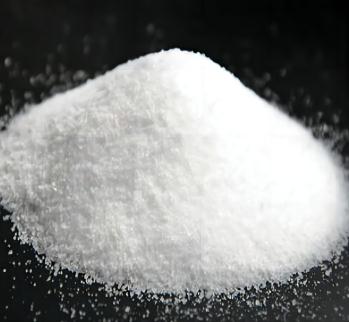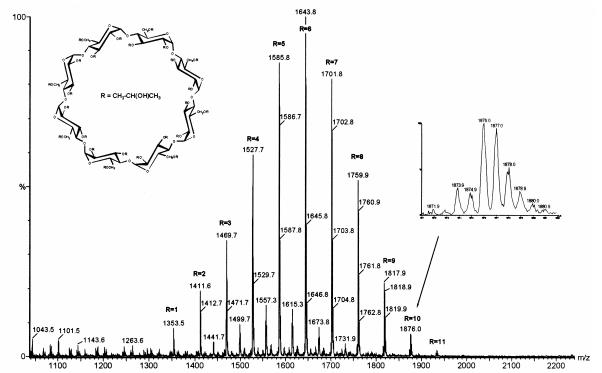Dimethyl Carbonate: Production and Hazards
Dimethyl carbonate (DMC) has been used as an intermediate to synthesize polycarbonate, polyurethane, medicine and agricultural chemicals. Dimethyl carbonate has an ester- or alcohol-like odor, which is more favorable to users than most hydrocarbon solvents it replaces.
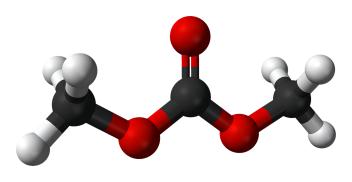
Production
Dimethyl carbonate (DMC) is formed by the reaction of MeOH with phosgene or methyl chloroformate in the presence of a concentrated sodium hydroxide solution in a two-phase reaction in elevated yields and purity. Additional alcohols can also be phosgenated. As DMC is now more easily accessible via the direct oxidative carbonylation of MeOH, phosgenation is losing its attractiveness in this application.
Dimethyl carbonate is also manufactured by carbonylation of methylnitrite through a catalytic redox process. The process is practiced commercially in the gas phase by Ube Industries, LTD., Japan using a palladium supported catalyst system.
Hazards
Diethyl Carbonate can affect you when breathed in and may pass through the skin.
Contact can irritate the skin and eyes.
Breathing Diethyl Carbonate can irritate the nose and throat.
Exposure to Diethyl Carbonate can cause headaches, dizziness, nausea and vomiting, weakness and loss of consciousness.
Also, Diethyl Carbonate is a flammable liquid and a fire hazard.
You may like
Related articles And Qustion
See also
Lastest Price from Dimethyl carbonate manufacturers
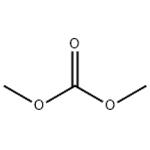
US $0.00/kg2025-04-15
- CAS:
- 616-38-6
- Min. Order:
- 20kg
- Purity:
- 99.0%
- Supply Ability:
- 20 tons

US $1.00/KG2025-03-07
- CAS:
- 616-38-6
- Min. Order:
- 1KG
- Purity:
- 99%
- Supply Ability:
- 10 mt

